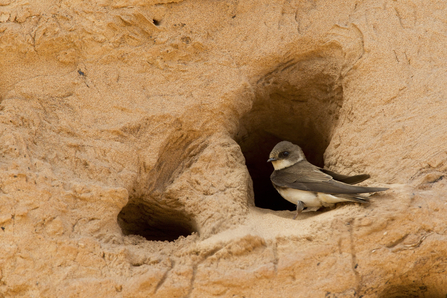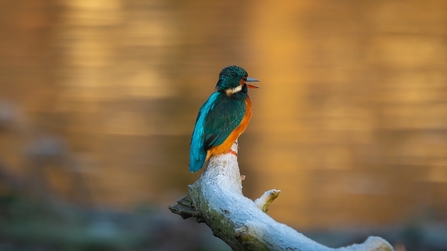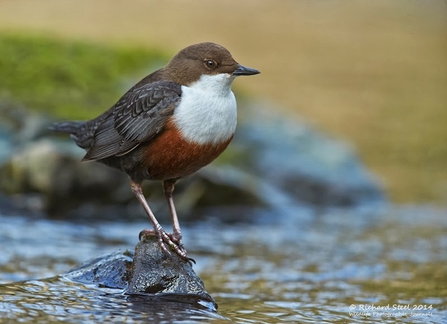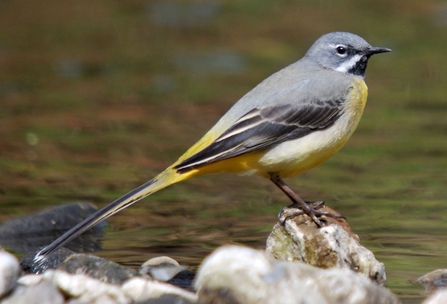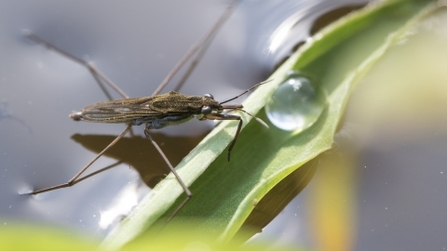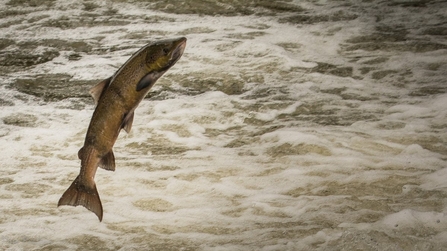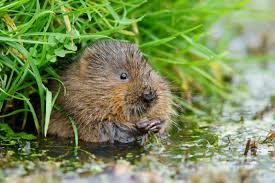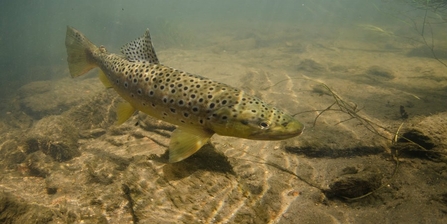Importance of rivers and its river life
Freshwater habitats are arguably one of the most important natural features on our planet. They make up 2.5% of all water on earth and support more than 100,000 freshwater species. Not only do they make our landscape beautiful and vibrant, they also provide us with water for drinking, growing crops, manufacturing, energy and transport. However, they also do much more. They are rich with wildlife – everything from nibbling midges to darting kingfishers, they are a place to go for tranquillity and peace, a welcoming host for an array of activities such as swimming, canoeing and fishing.
This month we are celebrating our amazing river life including birds, invertebrates and elusive mammals. The county of Shropshire has over 3,846 miles of water course from the tiniest of brooks to the mighty Magnificent Severn. Every mile of it provides a home for thousands of species. Below we have listed some of our common and rare species that you can look for next time you are out and about in our Shropshire rivers.


